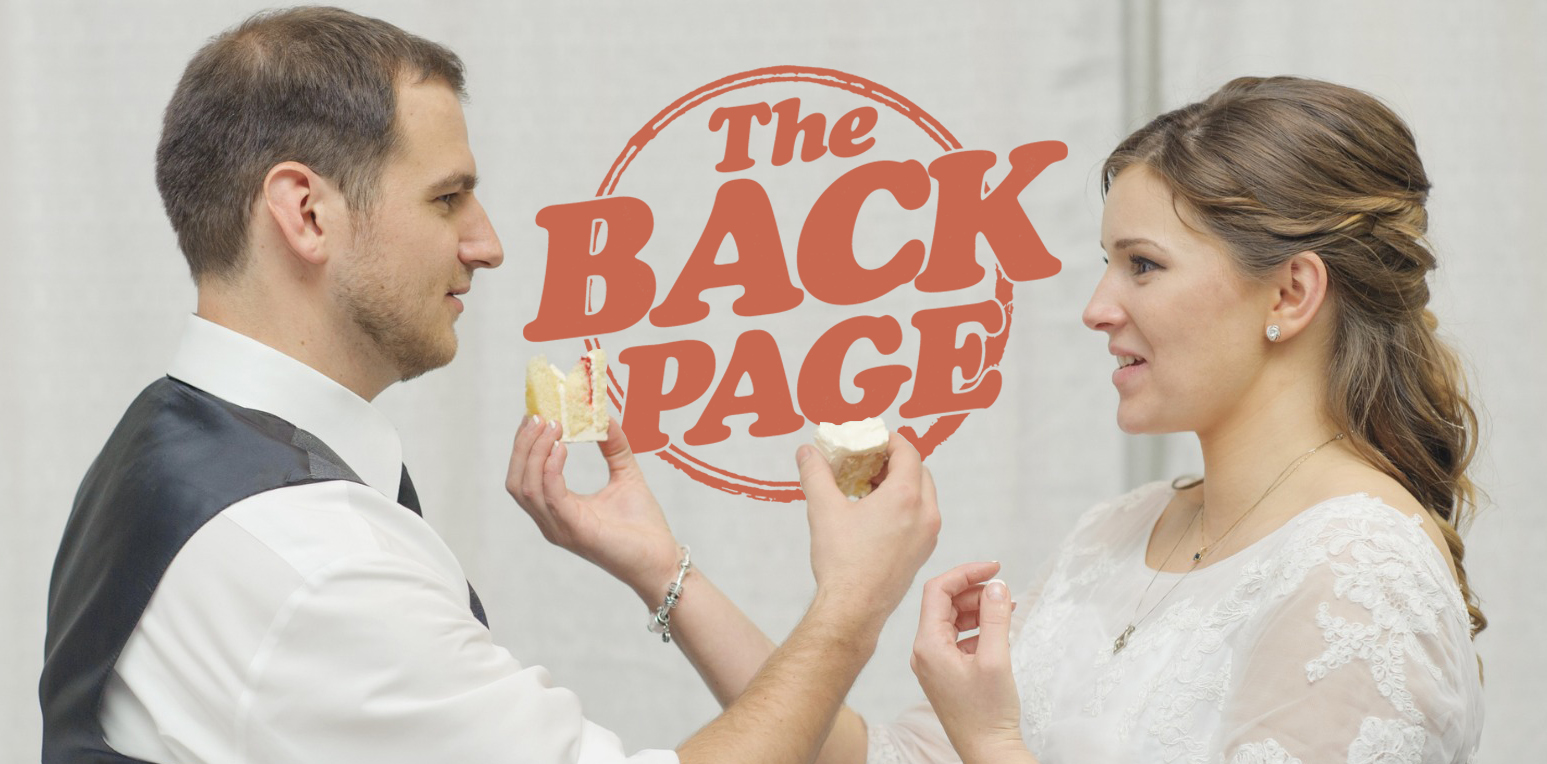
Oral microbiota transmission between newlyweds partially mediated symptoms of depression and anxiety, according to new data.
Healthy spouses newly married to an insomniac with a depression-anxiety (DA) phenotype soon found themselves losing sleep, feeling more depressed or anxious and sharing a similar mouth microbiome in a new study from Iran.
The paper, which was published in Exploratory Research and Hypothesis in Medicine last month, followed 296 couples comprising one healthy spouse and one insomniac with a DA phenotype over six months.
Each couple had been married and cohabitating for less than a year at baseline.
Validated Persian versions of the Beck Depression Inventory, Beck Anxiety Inventory and the Pittsburgh Sleep Quality Index were used to collect data on both halves of each couple at baseline and at six months, along with saliva samples and oral samples from both the palatine tonsils and the pharynx.
By the six-month mark, the healthy spouses had moved closer to their insomniac partners across all measures.
“In both male and female spouses with the DA phenotype, salivary cortisol was significantly higher in insomniac spouses at baseline compared to healthy control spouses (p < 0.0001),” the authors wrote.
“After six months, the salivary cortisol levels in spouses married to an insomniac with the DA phenotype were significantly elevated compared to baseline values (p < 0.001).
“This finding suggests that healthy spouses were likely to resemble their insomniac partners with the DA phenotype.”
Basically, the previously healthy halves of newlywed couples had lower sleep quality and scored higher on depression and anxiety measures at six months.
These scores were still healthier than those of their insomniac spouses, however.
But that wasn’t all – the oral microbiota in the healthy spouses with normal sleep patterns was also altered, becoming similar to that of their partner.
If one spouse exhibited a DA phenotype of insomnia, their partner’s oral microbiome would alter to mirror that of their partner.
“We hypothesised that there are interaction effects among [oral microbiota, salivary cortisol levels and DA phenotype status] … with oral microbiota status serving as the potential mediator in the relationship between salivary cortisol and DA phenotype status,” the researchers wrote in Exploratory Research and Hypothesis in Medicine.
“Indeed, the oral microbiota pattern is a predictor of DA phenotype status, which, in turn, is also a relevant predictor of salivary cortisol levels.”
This Back Page correspondent believes some things would better remain a mystery.
Send your depressed drool to Cate@medicalrepublic.com.au.

